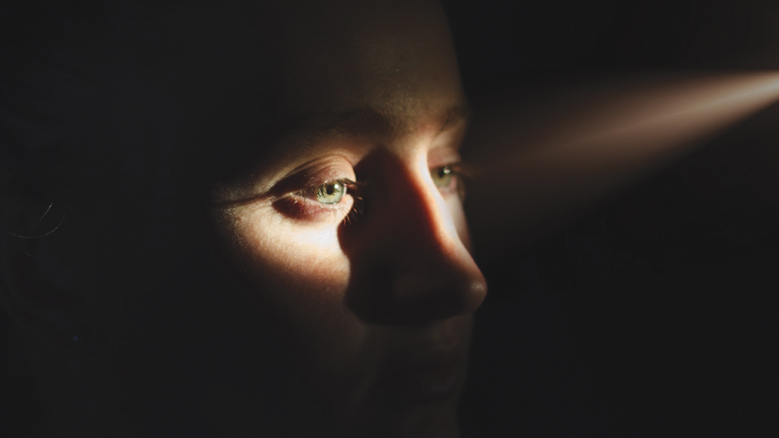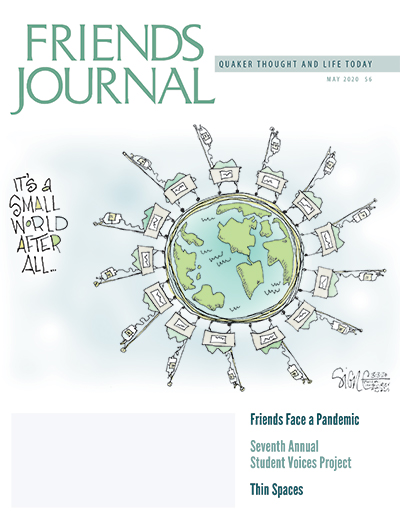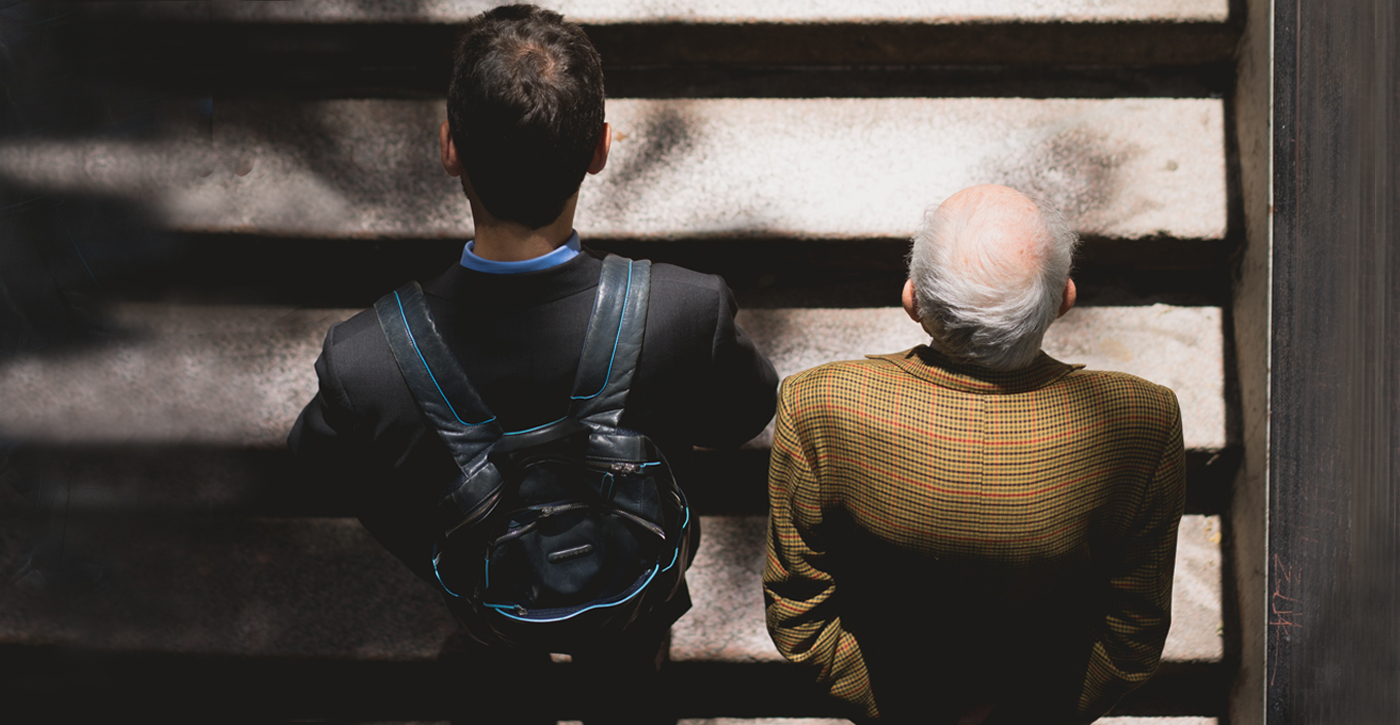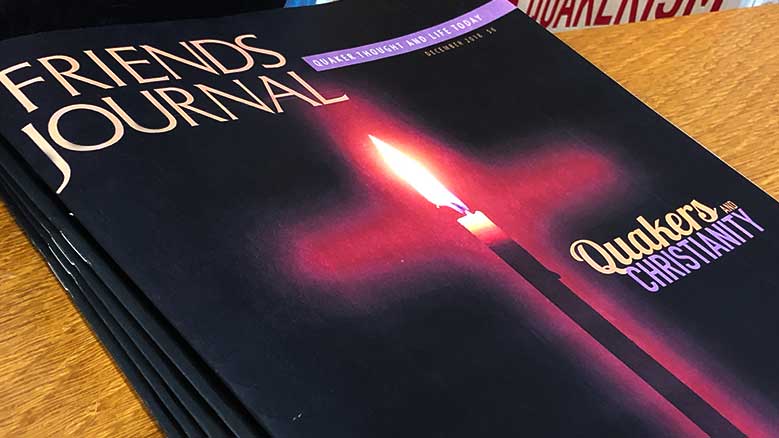
Liberal Quakerism is by nature a mystic faith: its prime purpose is to receive the Spirit through a collective waiting upon God by stilling the body and mind. Defining mystic experience as an encounter with the Divine, Quaker meeting for worship prepares for that encounter. And unusually—uniquely?—it is a mystic faith not restricted to any special group; it is open to all. There is no separated priesthood; all are equal before God and have an equal opportunity for access, an equal opportunity to become a channel for the Spirit, to “minister”: rise and speak what has been given.
But the Quaker way is also unequivocally in the world. Of course we are in the world, and of it. We were born into it; live in it; and interact with its suffering and its glories, both with other human beings and the natural world. To be “in the world” is to glory in the richness of life, our creativity, the variety of human talent and endeavour as well as the infinite variety of the universe.
However, central to the human condition is a feeling of restlessness, dissatisfaction, and a hunger for stimulation and excitement; there is a yearning, a void to be filled. The void is frightening; we do everything we can to cover it up and assuage our yearning. It is in dealing with this condition that we define our place in the world.
A friend said to me the other day, “I want something. I don’t know what it is.” She was talking of a desire, not for a bar of chocolate but for something in her life as a whole. It was an unusually frank expression of this world dissatisfaction. We can all think of ways in which we try to fill the void: money, material possessions, ambition.
So what is it that we are trying to fill? What is all this shopping, noise, and busyness for? or the cravings for a “relationship,” success, or a new car? for chocolate, cigarettes, alcohol, or drugs? It’s strange how the void is never filled for very long, and demands more fodder to fill it. Sometimes severe illness, a heart attack, or a stroke will be the only message that gets through a destructive lifestyle. We are forcibly stopped, forcibly confronted with our own mortality and emptiness. As the void will never be filled by our own efforts, the only alternative is to accept it as part of ourselves and allow it to be. In my hunger for activity, I find I need to go through a period of boredom: to accept it—sit through it without filling it—in order for a transition to another state to occur: approximating what Thomas Merton describes below in The Asian Journal of Thomas Merton:
The contemplative life must provide an area, a space of liberty, of silence, in which possibilities are allowed to surface and new choices—beyond routine choices—become manifest. It should create a new experience of time, not as stopgap, stillness, but as “temps vierge”—not a blank to be filled or an untouched space to be conquered and violated, but a space which can enjoy its own potentialities and hopes—and its own presence to itself. One’s own time. But not dominated by one’s own ego and its demands. Hence open to others—compassionate time, rooted in the sense of common illusion and criticism of it.
Only in that place can the deep hunger be met by deep joy.
For there is another realm, a parallel universe, a life not seen. A realization of the Spirit within is at the heart of our existence, and contemplation—a centering, a recollection—is attention to that Spirit. To allow that awareness to take place, there has to be an emptying to make room. The less we hold of ego, the more space there is for the Divine; the less we push our own agenda, the more possible it is to change. This gradual transformation, this journey toward enlightenment, this trust in the unknown, and celebration of the grace that fills the universe makes up what we call the contemplative life.
In The Perennial Philosophy, Aldous Huxley expresses it thus:
The divine Ground of all existence is a spiritual Absolute, ineffable in terms of discursive thought, but (in certain circumstances) susceptible of being directly experienced and realized by the human being. This Absolute is the God-without-form of Hindu and Christian mystical phraseology. The last end of man, the ultimate reason for human existence, is unitive knowledge of the divine Ground—the knowledge that can come only to those who are prepared to “die to self” and so make room, as it were, for God.
The sacramental life in the world is not a compromise; it is a different experience lived with the wholeheartedness of a monastic vocation: a dedicated life, dedicated to God and humanity.
To live sacramentally demands that we start with ourselves; with inner peace and love, we can go forth into the world. To acquire and live with that inner peace we do not need to separate ourselves geographically, to isolate ourselves from the rest of the world. What is key is to cultivate the inner monk, the monastery within. Sister Stephanie, who lives as a hermit in Tamil Nadu on a large and populous estate, defined hermitage as “silence in the heart. That is the true hermitage, the hermitage of the heart.” The French-born monk Abhishiktananda, who came to India in search of a contemplative life and lived in a cave for many years, writes of “the cave of the heart.” My Buddhist friend Sophie, who talks of “living with the sacred in daily life,” also refers to a large space within.
Many I have spoken to have expressed knowledge of this inner reality, and the need to hold it while living in the world. But our attention is lived not only as an inner self-remembering but also outwardly in a glorification of the Spirit. Thomas R. Kelly writes in A Testament of Devotion that we can live a life on two levels:
On one level we may be thinking, discussing, seeing, calculating, meeting all the demands of external affairs. But deep within, behind the scenes, at a profounder level, we may also be in prayer and adoration, song and worship and a gentle receptiveness to divine breathings.
And it is that other realm, that parallel universe, that needs to shine through in our outward lives. As the Quaker writer Jonathan Dale says, we need “to approach the daily world from the prism of faith.” The sacramental life in the world is not a compromise; it is a different experience lived with the wholeheartedness of a monastic vocation: a dedicated life, dedicated to God and humanity. Those of us whose path is in the world are unenclosed, unprotected by a common identity and the values of those around us.
Our wholeness, integrity, and groundedness are a crucial expression of who we are.
To live in the world is an explicit practical acceptance of the dynamic nature of the Spirit. Our relation with God is not in isolation, apart from our fellow beings; as we are blessed, so we too are able to bless. The Spirit works on us to enable us to give something of what we have received to others, to act as a mirror. So it is that God works not only directly but through human beings, each upon another. As we open our hearts and receive, so we give to and receive from other people. How we relate to the world and to other human beings is part of how we relate to God.
In A Monk in the World, former Buddhist monk Wayne Teasdale identifies four essential requirements “for successfully embracing a mystical path in the midst of demands of family and work: surrender, humility, spiritual practice, and compassionate action.”
Thomas Merton goes further. In rejecting the old notion of Christendom as a “world-denying society in the midst of the world,” he says in Contemplation in a World of Action:
The world as pure object is something that is not there. It is not a reality outside us for which we exist. It is not a firm and absolute objective structure which has to be accepted on its own inexorable terms. The world has in fact no terms of its own. . . . If anything, the world exists for us, and we exist for ourselves. It is only in assuming full responsibility for our world, for our lives and for ourselves that we can be said to live really for God.
Living as a contemplative in the world is about taking that responsibility. We are mutually accountable for our world, a world not outside but part of our deepest self. It is not to live in abstraction. We are embodied. The incarnation in several religions teaches us of the inseparability of matter and spirit: our wholeness, integrity, and groundedness are a crucial expression of who we are. Spirit without matter is as unbalanced as matter without Spirit, which is materialism. Life in the world is about a series of balances: the life within and the outside world; inner experience and outward witness; humility and using our full potential; being passive to God and active to the world; concentration on the present moment while having a view to the far horizon; time in eternity, this place in infinity; joy and suffering; love and detachment; plenitude and the void.






This is a fine expression of the balance sought for those who live in the world but are not of the world.
Love says ‘I am everything.’
Wisdom says ‘I am nothing.’
Between the two, my life flows.
― Sri Nisargadatta Maharaj, I Am That
This is the finest and most profound article by a Liberal Quaker on our Parallel Universe I have ever read. During the worst pandemic any of us have lived through this is a very relevant time. The outside world will never be quieter.
I occassionaly experince a depth of silence in a Friends Meeting when the quality of the silence is almost a seperate sound like one colour of a rainbow and time stands still.
What most Quakers lack is the total equality of our world with all of nature which is a central belief of Native Americans and Canadians. Their mindset inherited over thousands of years sees all creatures made by the Creator and the despoilation of the earth as beyond belief. Yet they remain positive. I recommend the reader to share their view of our outer and inner world.
It is a blessing when it is discovered to us, through the immanent appearance of the everlasting spirit of Christ, a way of life in this world that experiences continuous awareness of the Spirit’s rising and lessening motion as sufficient guide in our relationships and interactions. This being guided by continuous awareness of the Spirit’s immanent and literal impulses in all activities in daily life is walking in the everliving presence of God, which is heaven on earth under any circumstances.
As you rattled of quote after apropos quote I felt as if you had raided my library. It is so refreshing to read a work such as this, even if only as a reminder that there are still sensitive and thoughtful souls out there engaged in the inner work of transformation. Thank you for a balanced presentation on the subtleties and possibilities of Quaker silence vis-a-vis the mystical life and the edge of action and contemplation.